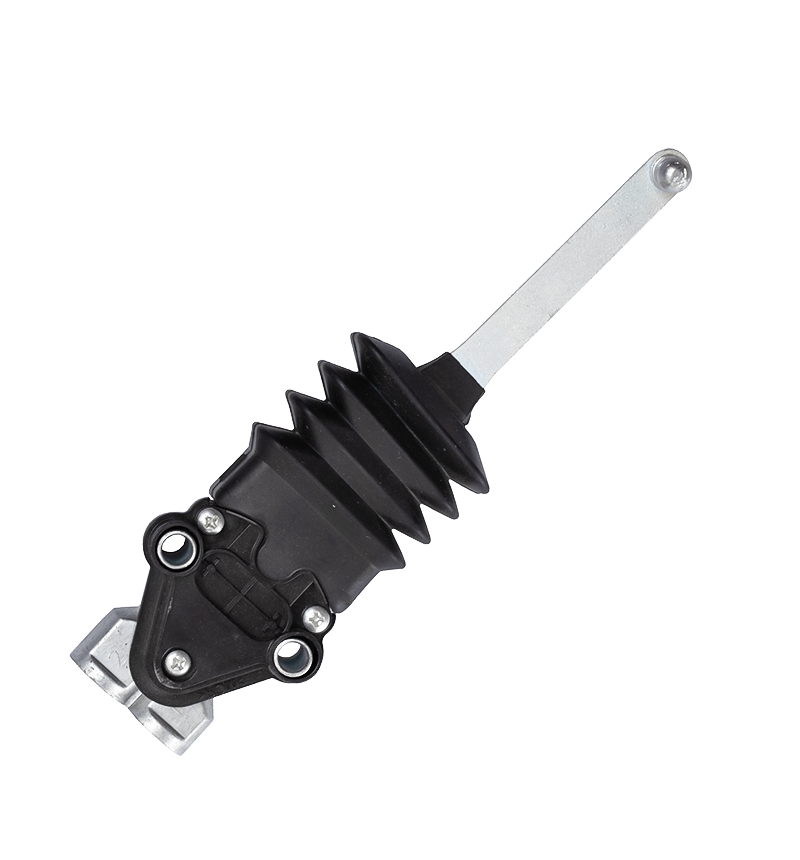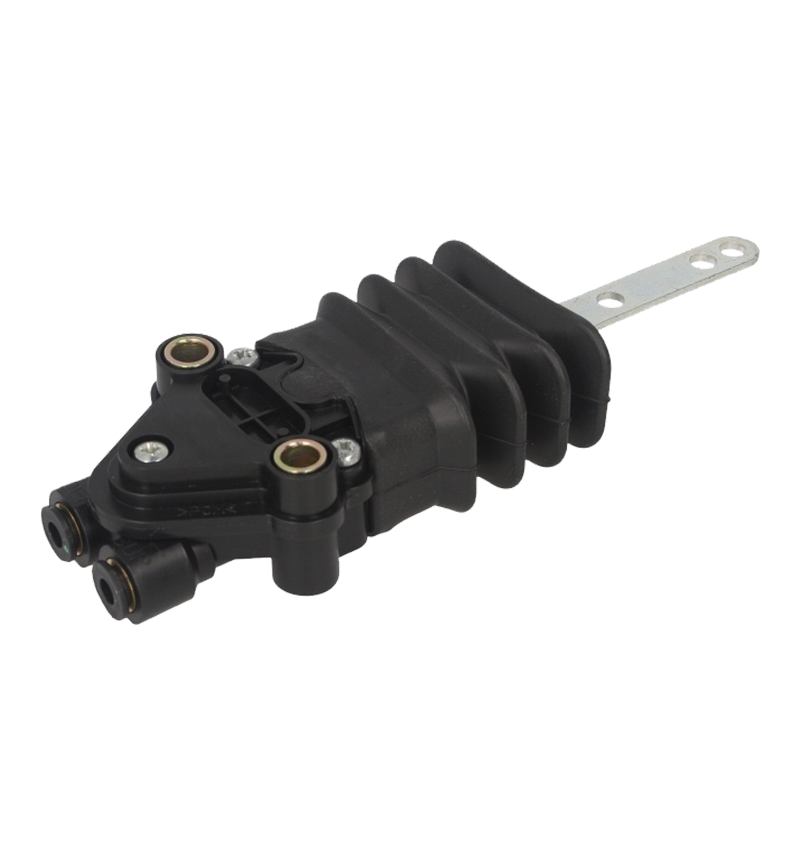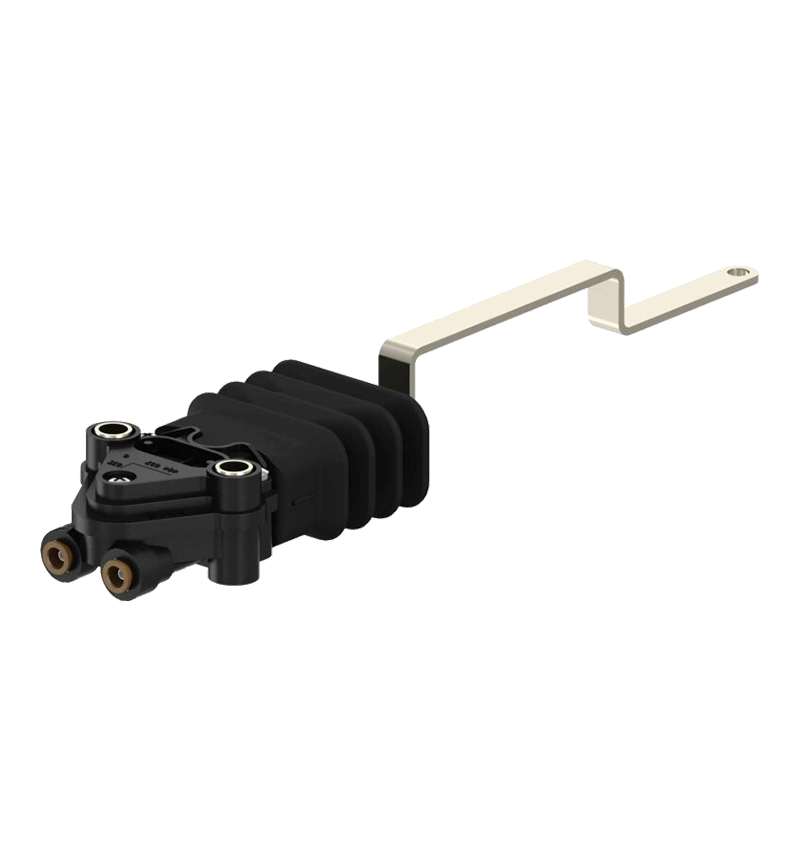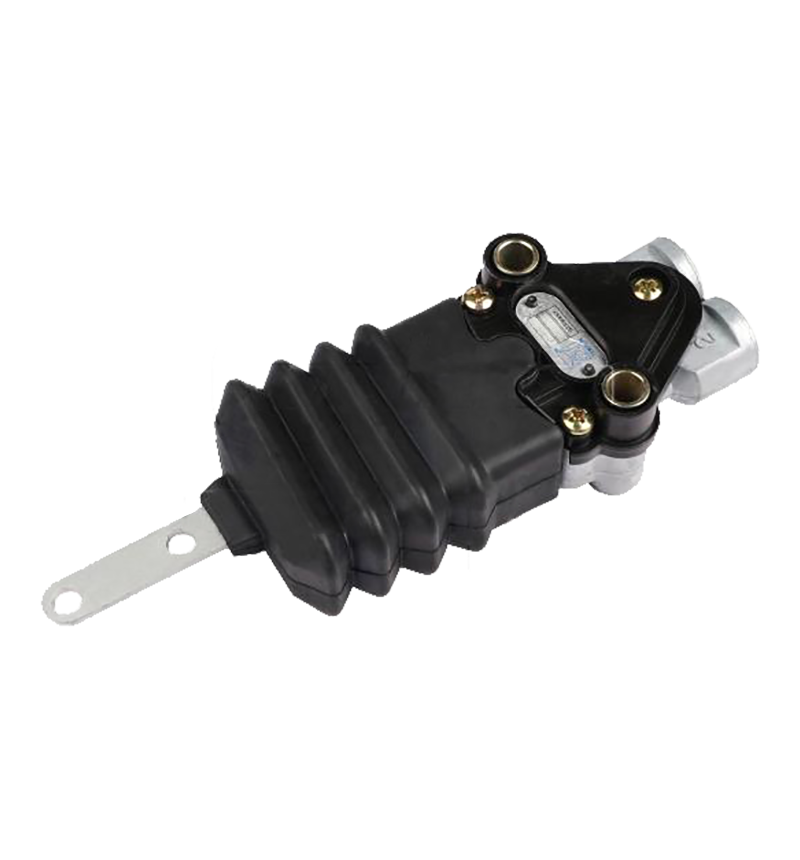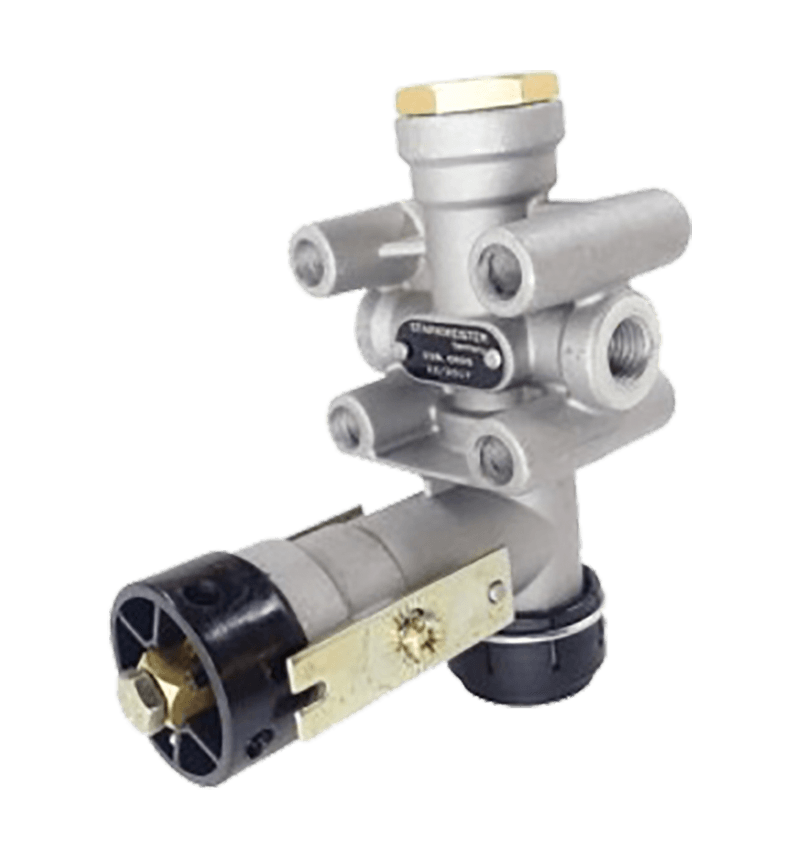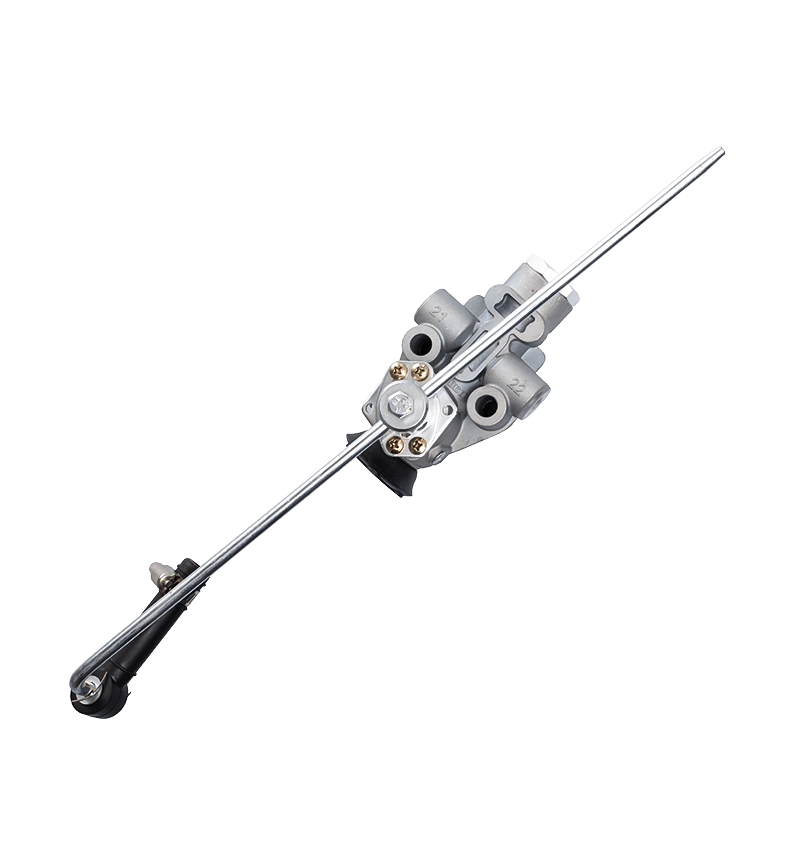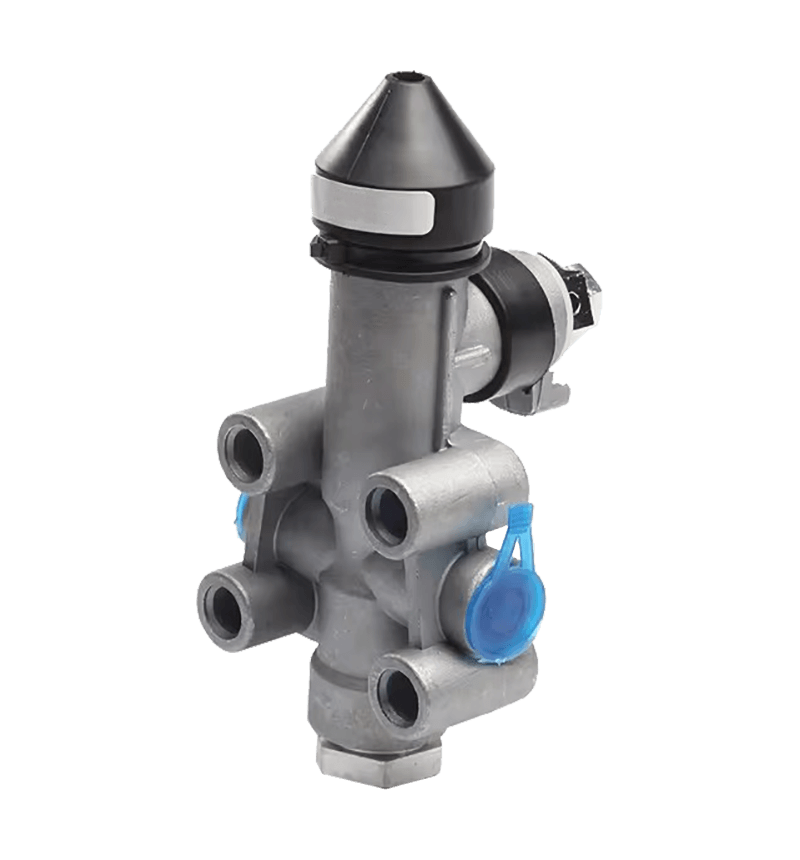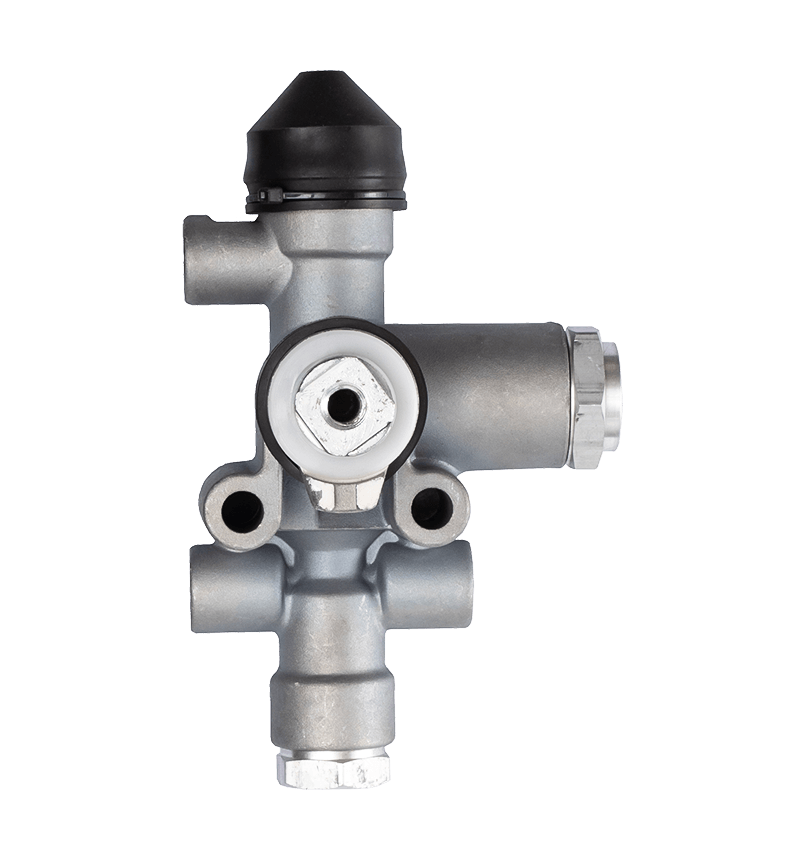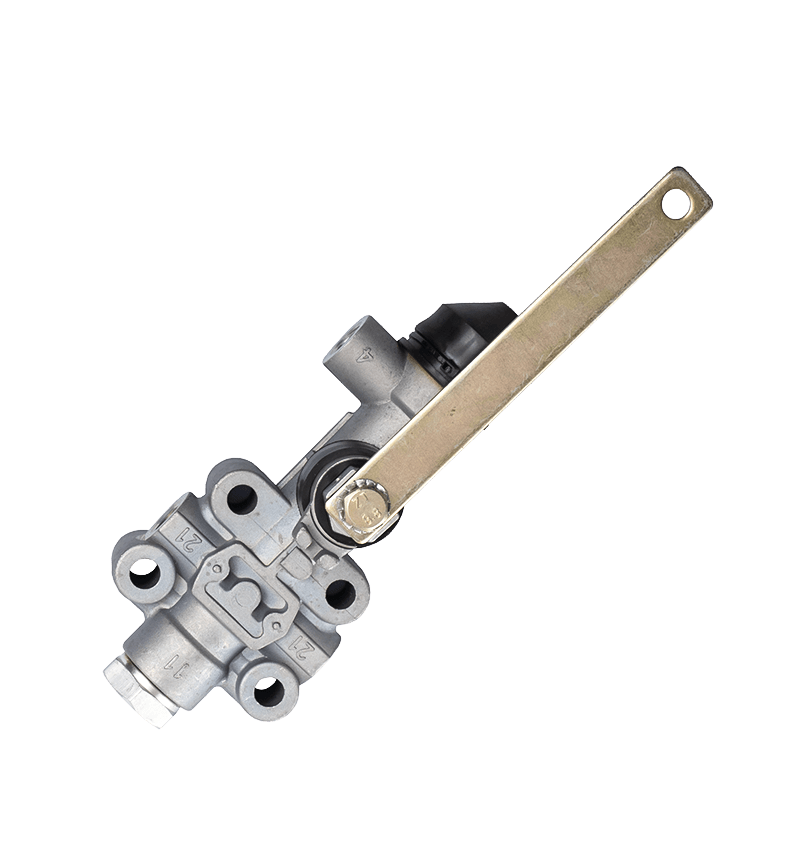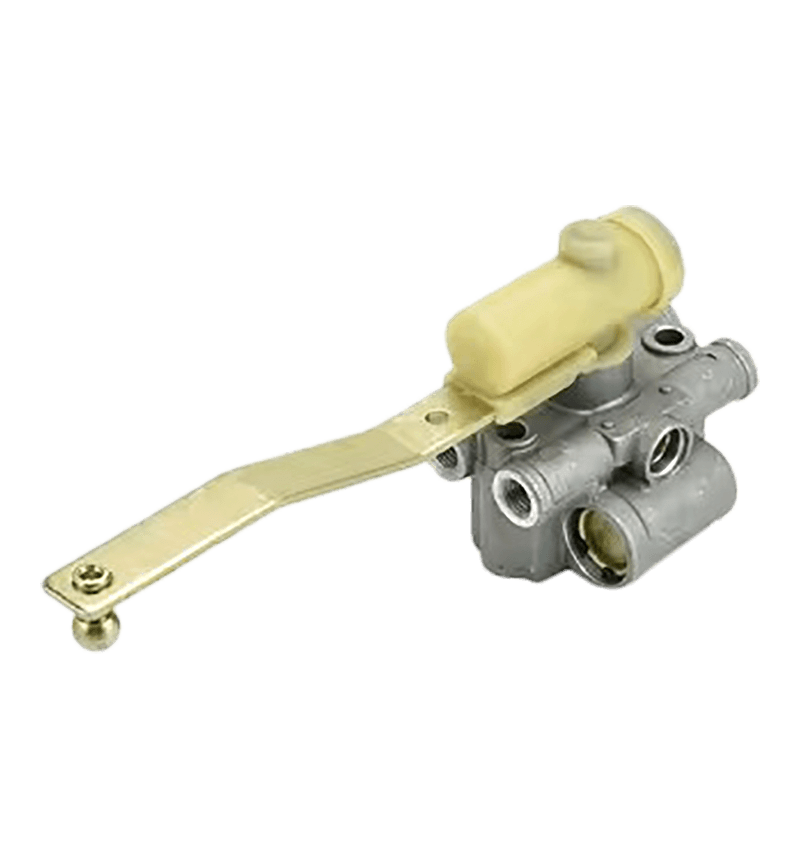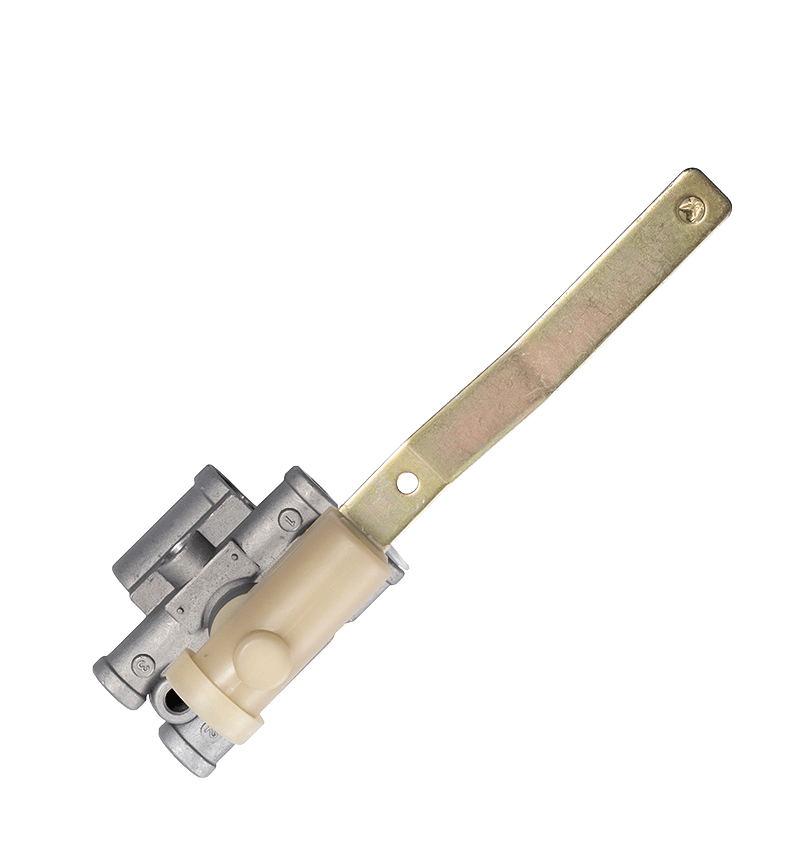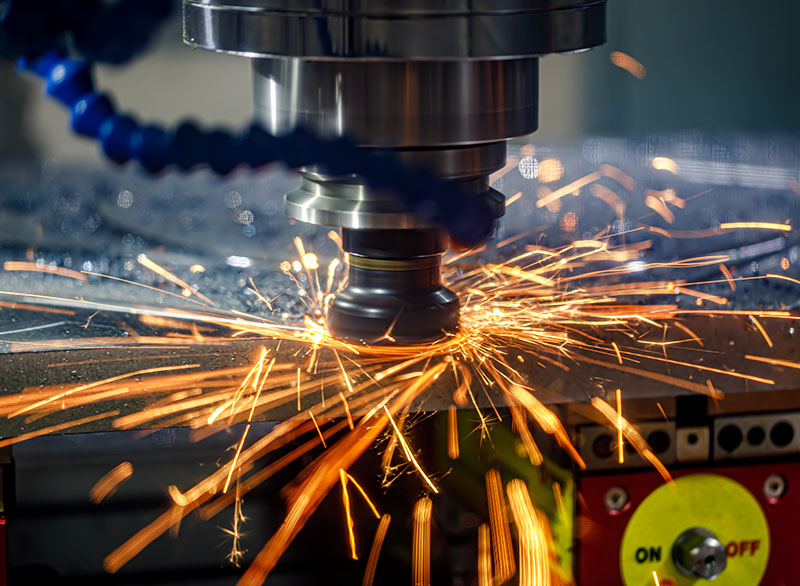1. Basic knowledge and working principle of Leveling Valves
Leveling valves, also known as vehicle suspension balancing valves, are an indispensable part of modern automobile suspension systems. The working principle of this valve is to precisely control the pressure in the air spring to ensure that the vehicle can maintain a stable suspension state under various driving conditions. Leveling valves are cleverly designed. They consist of precise inlet valves, outlet valves, intermediate chambers, and complex control mechanisms. When the vehicle load changes or it is driving on uneven roads, these valves will respond quickly and balance the vehicle height by adjusting the internal pressure, thereby providing optimal driving comfort and handling stability.
The working principle of leveling valves involves multiple fields such as fluid mechanics, material science, and precision manufacturing technology. In order to ensure the efficient operation of the valves, manufacturers need to use high-quality materials and advanced production processes. In addition, leveling valves also need to undergo rigorous testing and verification to ensure that they can work reliably under various extreme conditions.
2. Market application and development trend of leveling valves
With the rapid development of the automobile industry and consumers' pursuit of driving comfort, the market demand for leveling valves has shown a steady growth trend. At present, this valve has been widely used in various commercial vehicles, off-road vehicles and high-end passenger cars. Especially in the field of heavy trucks and buses, due to the complexity of load and road conditions, the demand for vehicle height adjustment is more urgent, so Leveling valves are more widely used.
In the future, with the rapid development of new energy vehicles and intelligent driving technology, Leveling valves will face more market opportunities and challenges. The lightweight and electrification trend of new energy vehicles will drive Leveling valves to develop in a more efficient and energy-saving direction. At the same time, intelligent driving technology has higher requirements for vehicle stability and comfort, which will also promote the continuous innovation and upgrading of Leveling valves technology. In order to meet these needs, manufacturers need to continuously invest in R&D resources to improve the technical content and added value of products.
3. Technological innovation and competitiveness improvement of Leveling Valves Factory
As a professional Leveling valves manufacturer, in order to remain invincible in the fierce market competition, it is necessary to continuously carry out technological innovation and competitiveness improvement. The following are some specific strategies:
Strengthen technological research and development: increase R&D investment, introduce advanced technology and equipment, and improve the technical content and added value of products. Through cooperation with universities, scientific research institutions, etc., jointly carry out cutting-edge technology research and maintain technological leadership. In addition, you can also pay attention to the development trends in new materials, new processes and other fields, apply them to product design and manufacturing, and improve product performance and quality.
Optimize product design: Continuously optimize product design according to market demand and user feedback. Improve the cost performance of products by improving product structure, increasing material utilization, and reducing manufacturing costs. At the same time, pay attention to the reliability and durability of products to ensure that products can work stably in various harsh environments.
Expand application areas: Actively explore new application areas and markets. For example, you can pay attention to the development trends in new energy vehicles, intelligent driving and other fields, and provide customized products and solutions for these fields. In addition, you can also expand the international market and improve the international competitiveness of products.
Improve production efficiency: Improve production efficiency and product quality by introducing advanced production equipment and processes. At the same time, strengthen production management and quality control to ensure product consistency and stability. In addition, modern manufacturing technologies such as digitalization and intelligence can be used to improve production efficiency and flexibility.
Strengthen brand building: Pay attention to brand building and publicity and promotion. By participating in exhibitions, holding technical seminars and other activities, strengthen exchanges and cooperation with the industry and outside, and enhance the company's industry status and influence. At the same time, you can also strengthen the shaping and dissemination of brand image and improve brand awareness and reputation.


 English
English Español
Español
